
The Parijat flower is often called Pavazhamalli. This Parjiat tree is said to the heavenly plant as this tree plant is believed to be bought by Lord Krishna to the earth. Majorly this flowering plant has much spiritual & medicinal importance.
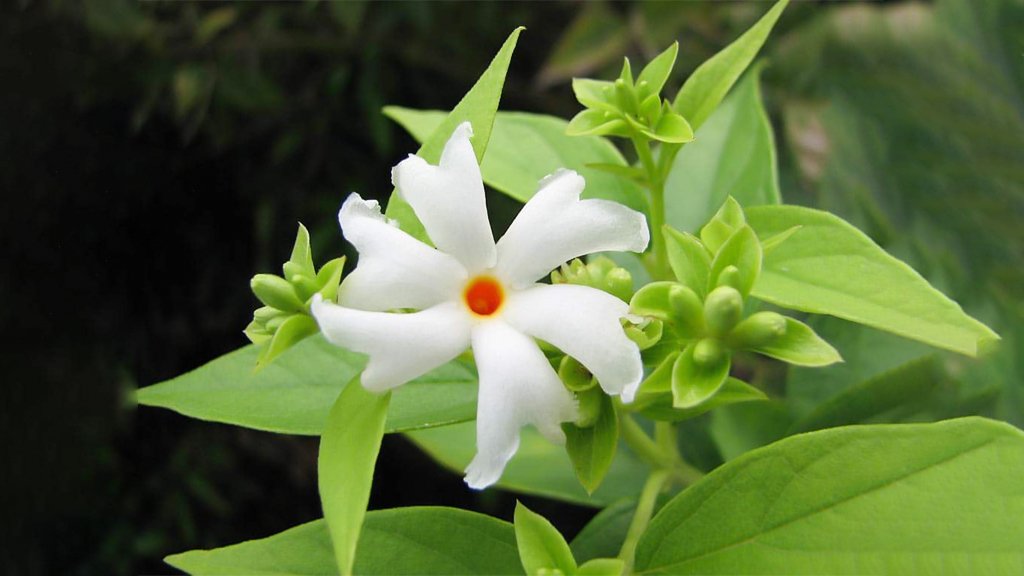
Parijat tree
The Parijat tree is a small shrub, a perennial plant that grows up to the height of 3 to 4 feet tall tree.
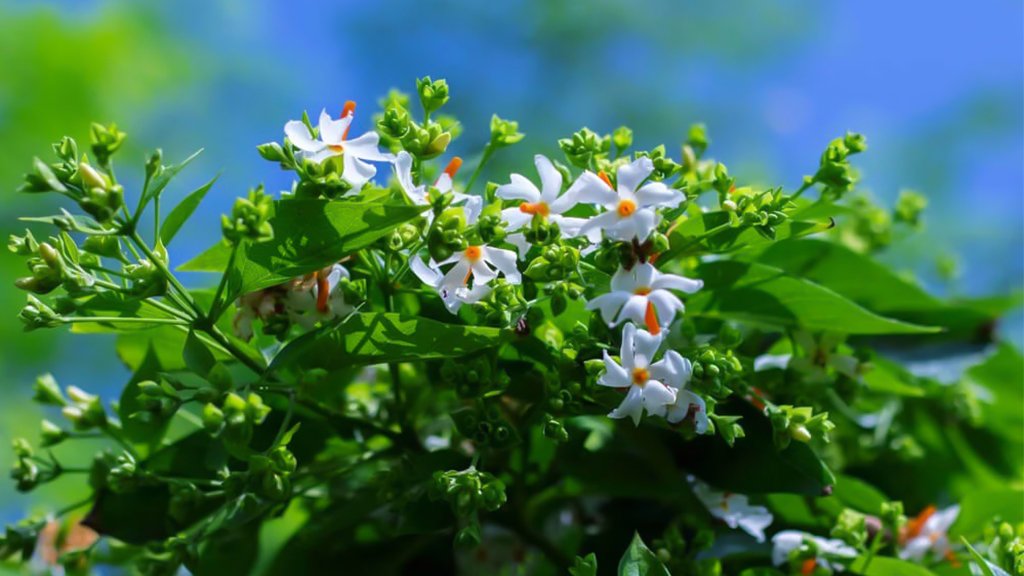
Parijat flower
The flowers are very fragrant and look like coral (pavalam) with an attractive long orange stigma. Pinwheel flowers contain 5 to 8 petals together. Flower blooms in clusters. And this plant follows dusk & dawn timings.
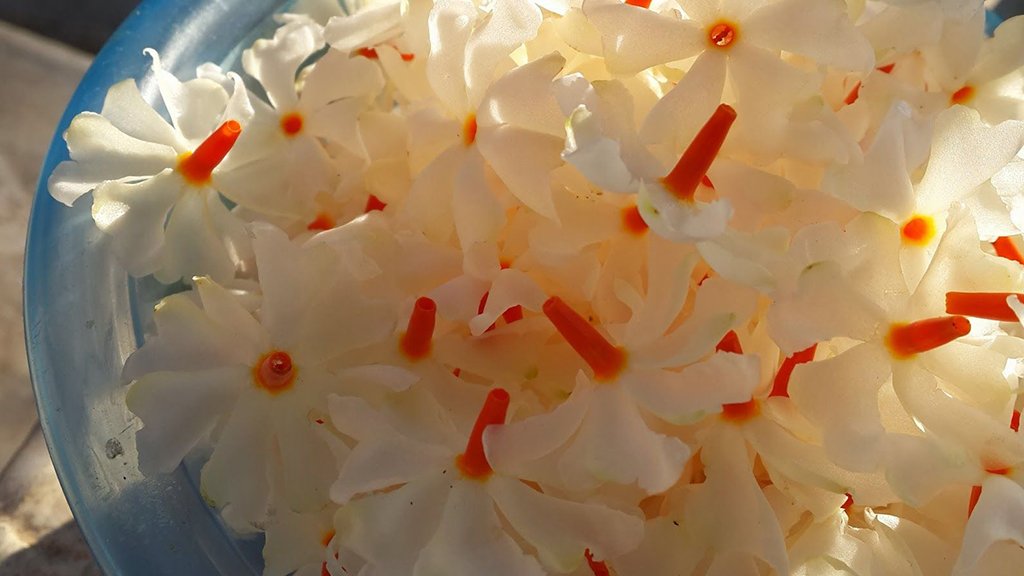
Night jasmine
Parijat common name is Night flowering jasmine. The reason behind this night blooming is due to hormone called as florigen (flower-generating hormone) it gets migrated from leaves to flowering shoots during the day time & it collects in flowering shoots, induces flower during night time.
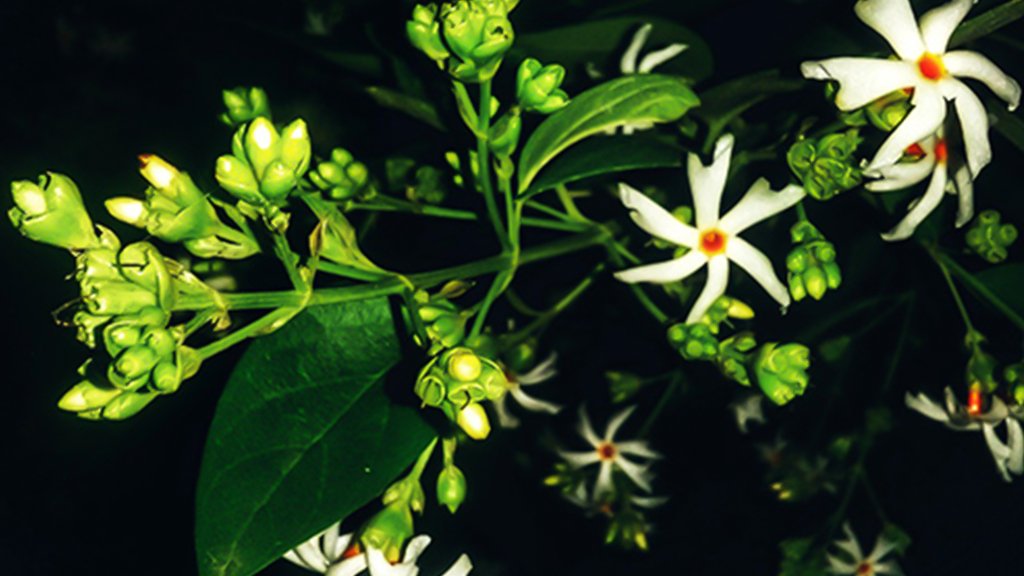
Nyctanthes arbor-tristis
This plant is scientific name called Nyctanthes arbor-tristis and belongs to the family Oleaceae ( jasmine family). This is not true jasmine but it is placed under the jasmine family for the fragrance.
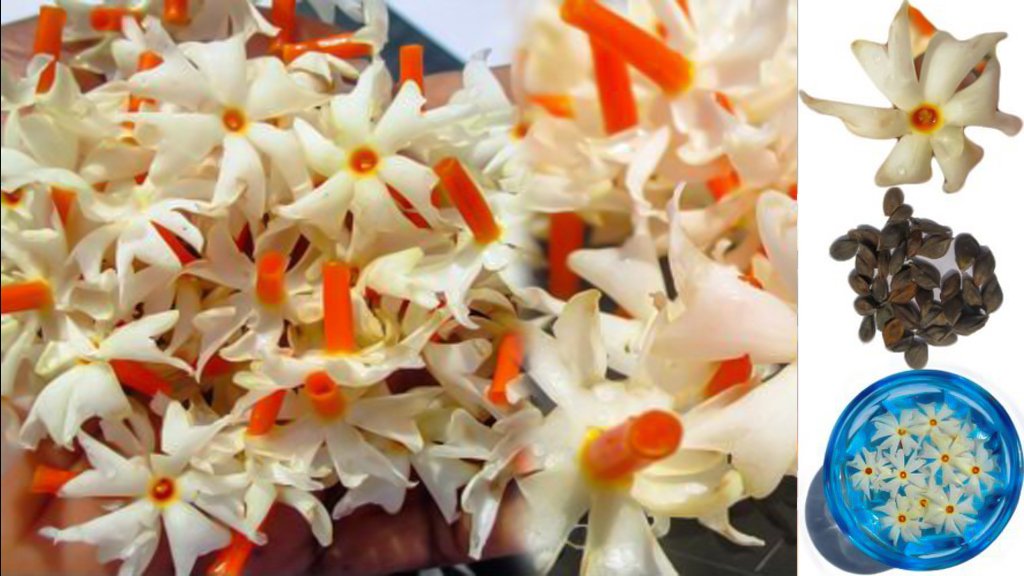
Leaves
Night-blooming jasmine tree leaves are rough & contain D-mannitol, flavanol glycosides & others.
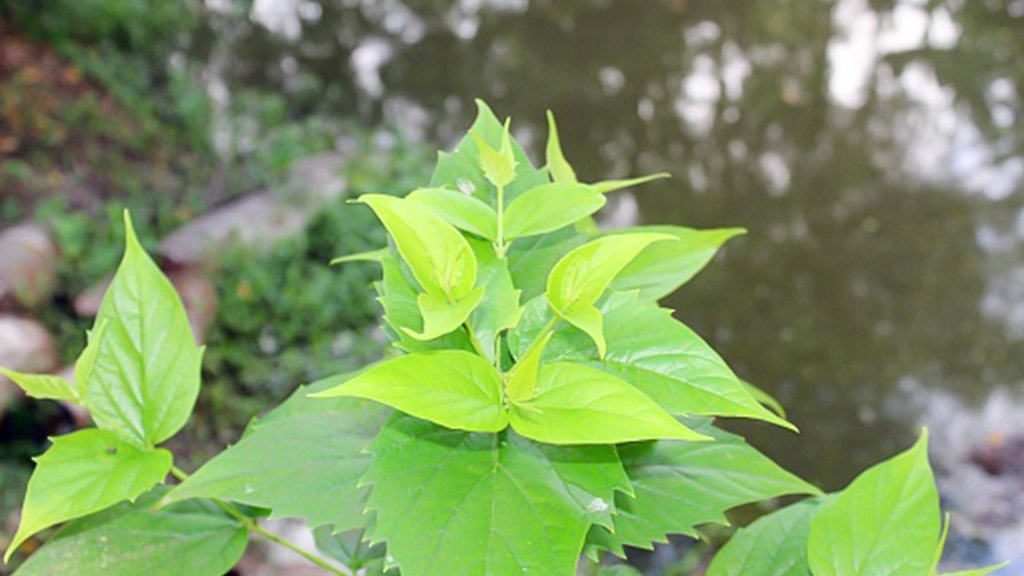
Well-drained sandy loamy soil with a good compost mixture such as cow manure or vermicompost.
And also grows well in a good organic coco peat potting mix.
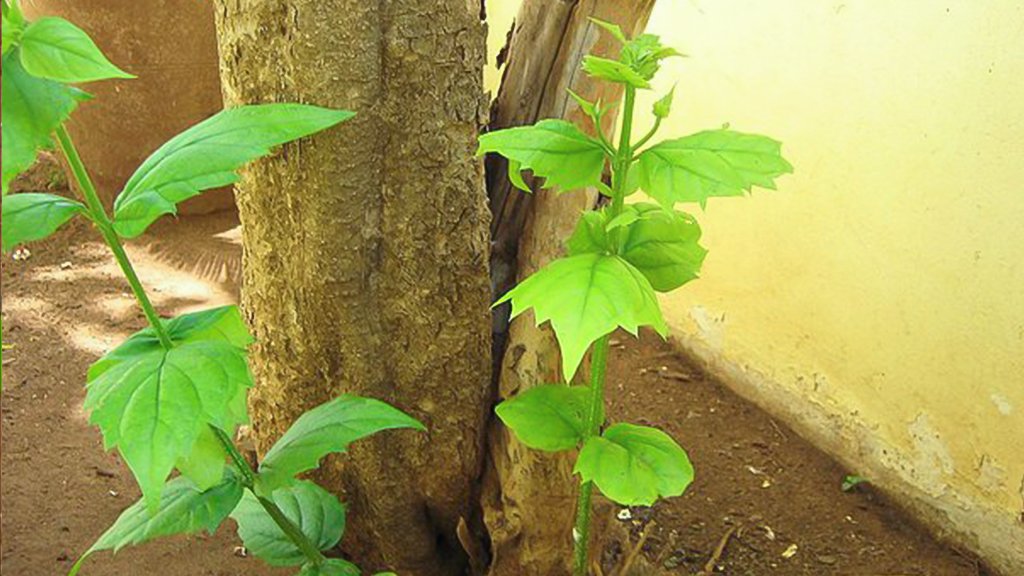
Night-blooming jasmine plant is sun lovers and requires direct sun light for about 6 hours.
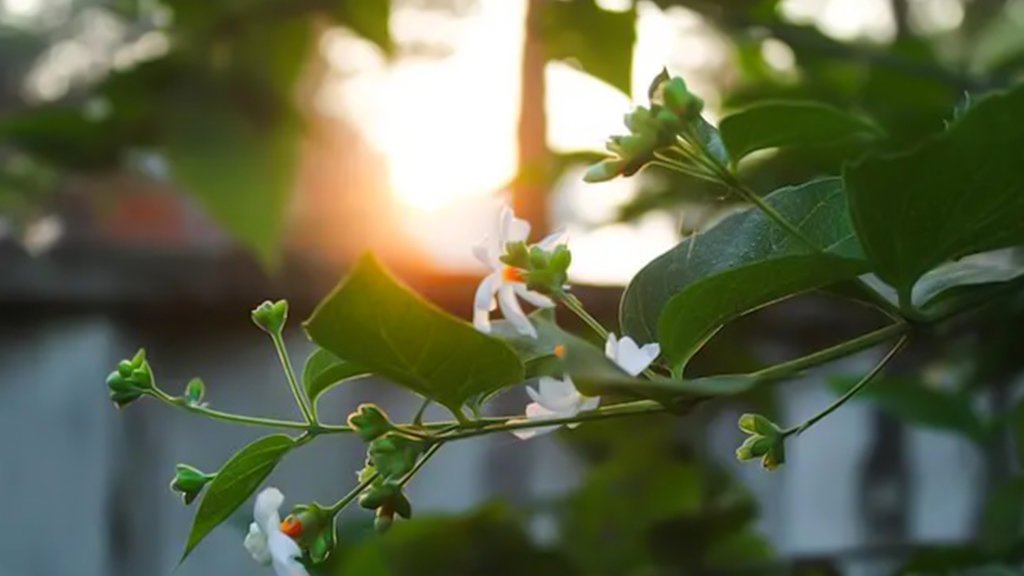
Regular watering to plant is necessary as these plants are thirsty. Make the soil constantly moist by saturating it with water.
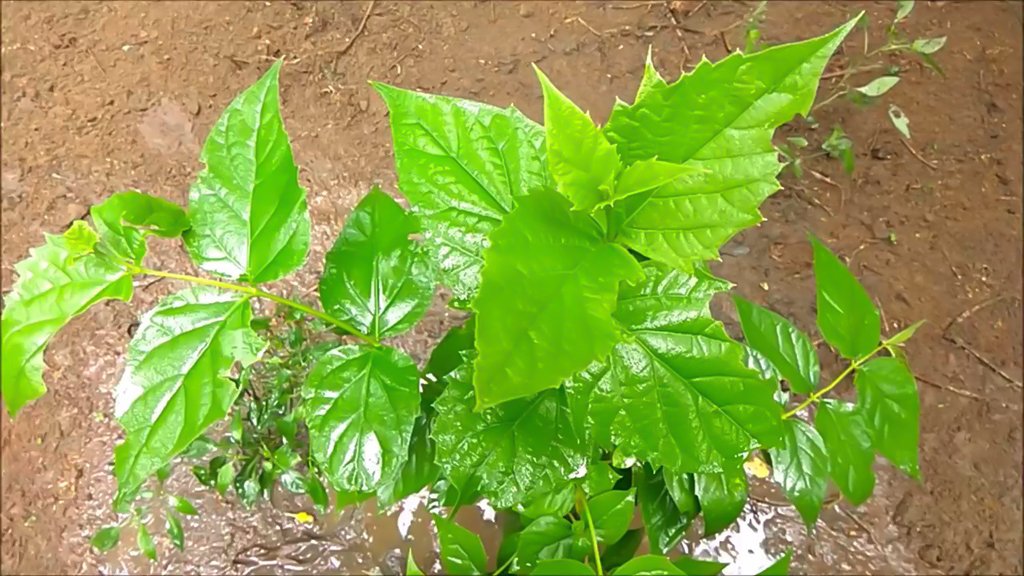
Fertilizer Application
Organic fertilizer application is a must during flower blooming seasons such as August- January.
Water the plants after fertilizer application.
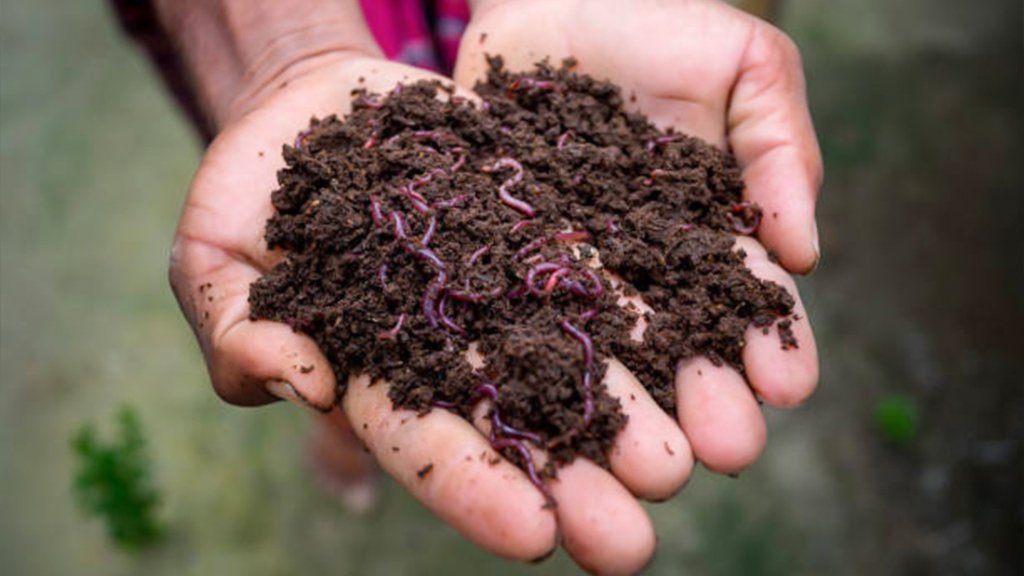
Transplanting or Repotting
Transfer the plants to a good soil surface 5-6 months after planting. Repot the plants when the root ball grows through the drainage holes.
Pruning
Trim the old & dried plant parts.
Pest & Disease
In the Winter season, a woody caterpillar, mealy bugs & aphids may be found.
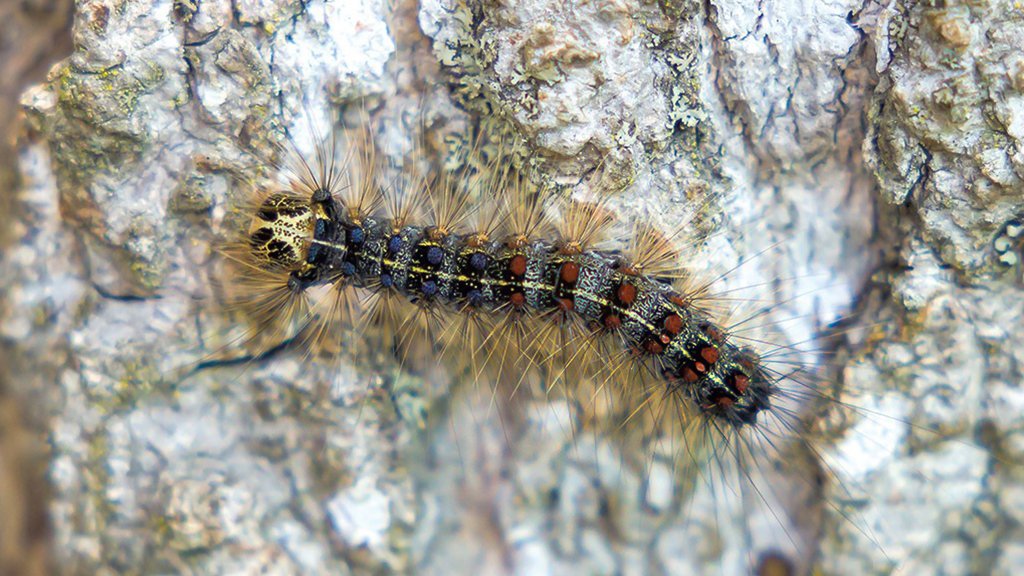
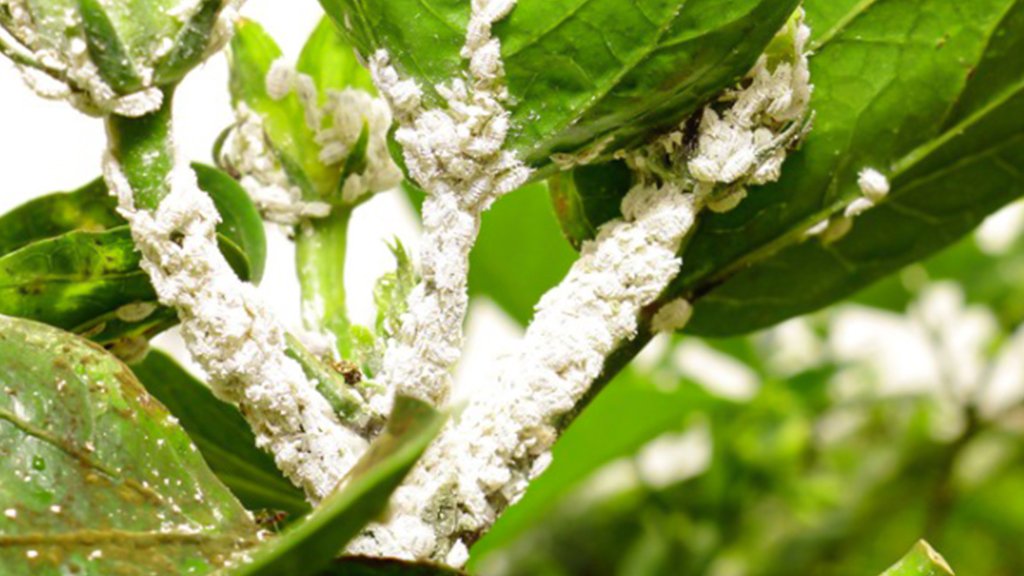
Control
The Neem oil or citrus oil is sprayed to the plants in diluted form only at the required. Avoid fertilizer application in direct sun light.
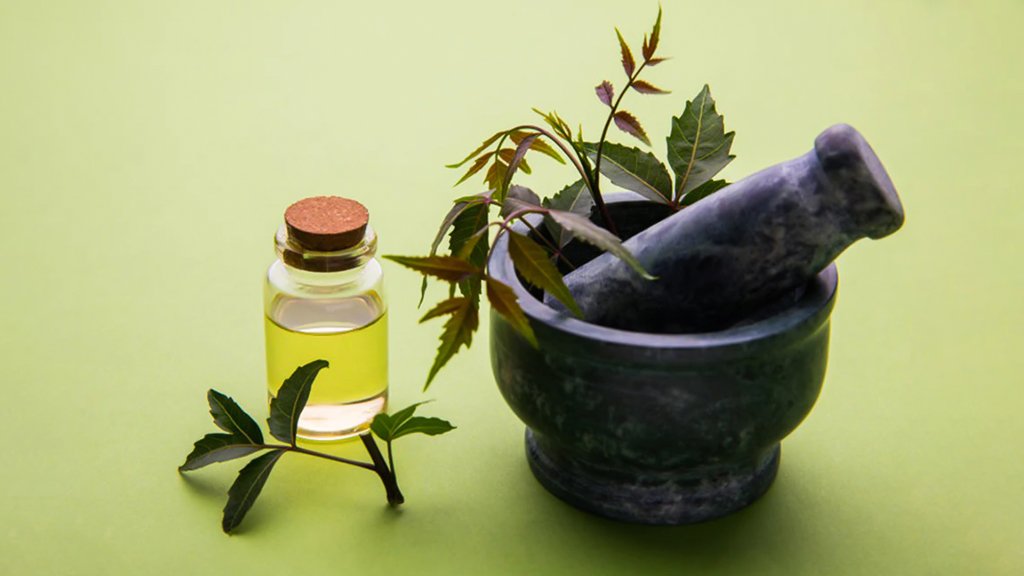
Benefit
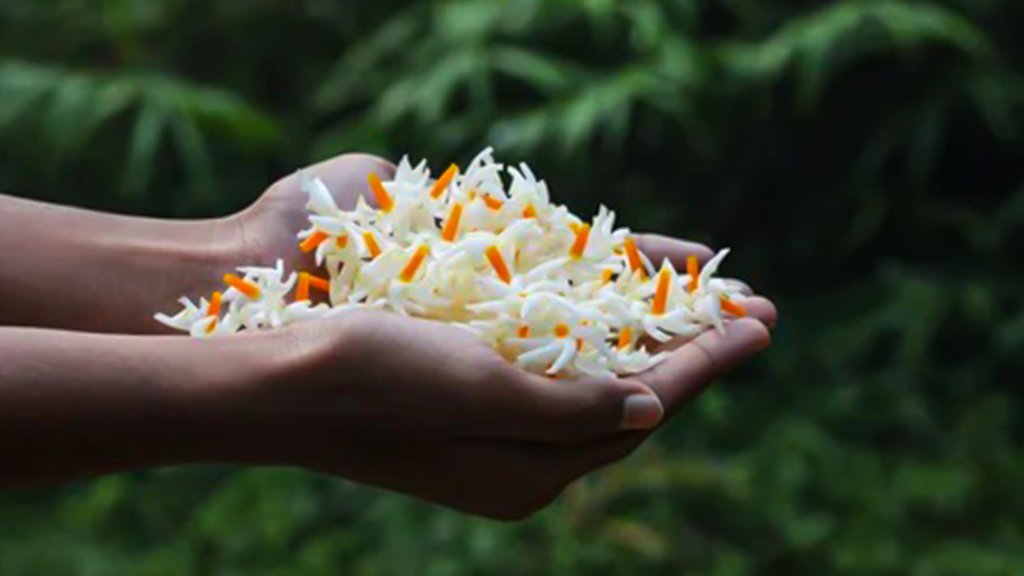
Don’ts
Growing plants by organic & natural methods is an excellent practice. Promotes healthy food, and a more oxygenated environment improves soil health & makes your environment green, fresh & makes you stress-free.

Green Earth makes Happy Earth!!
Parijat flower plant- Eco-friendly plants.
Blog created by : Santhionlineplants
Diego Simeone
Neque porro quisquam est, qui dolorem ipsum quia dolor sitdown ameto, consectetur, adipisci velit, sed quiata non numqua eius modi tempor incidunt ut labore et dolore magnam, semper quis mollis id, ullamcorper ut diam.
Reply